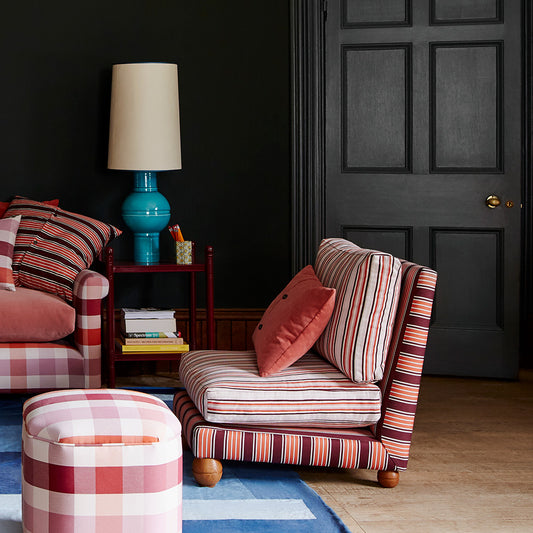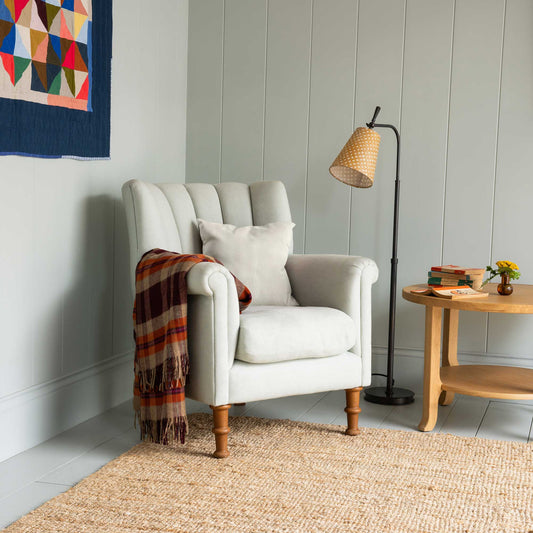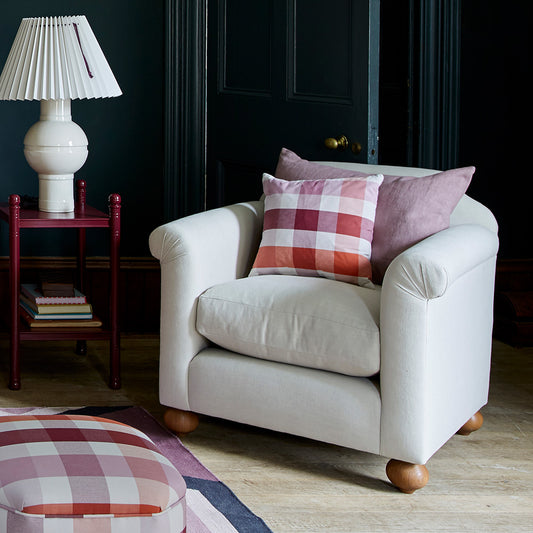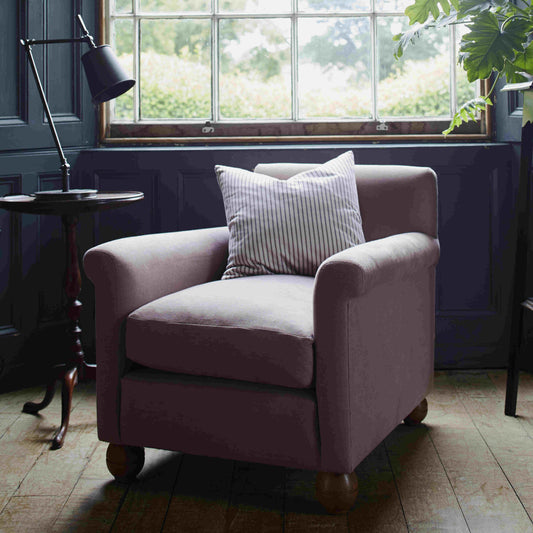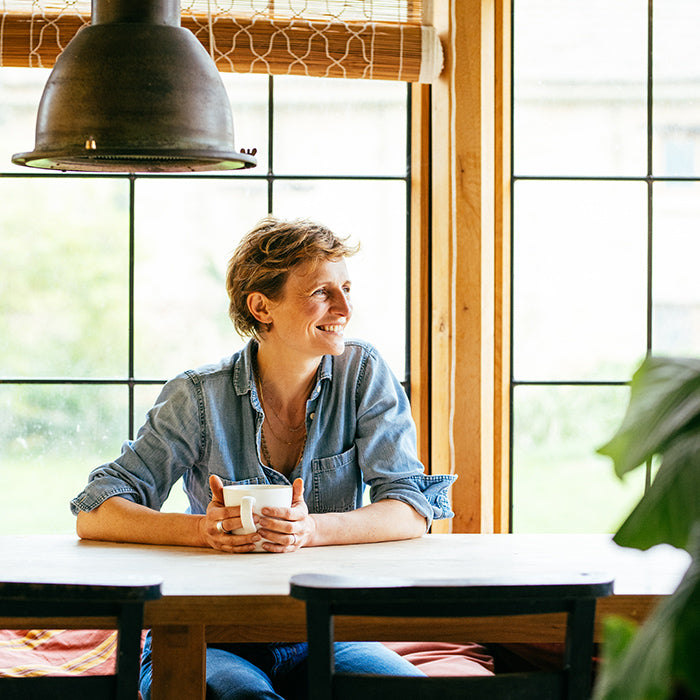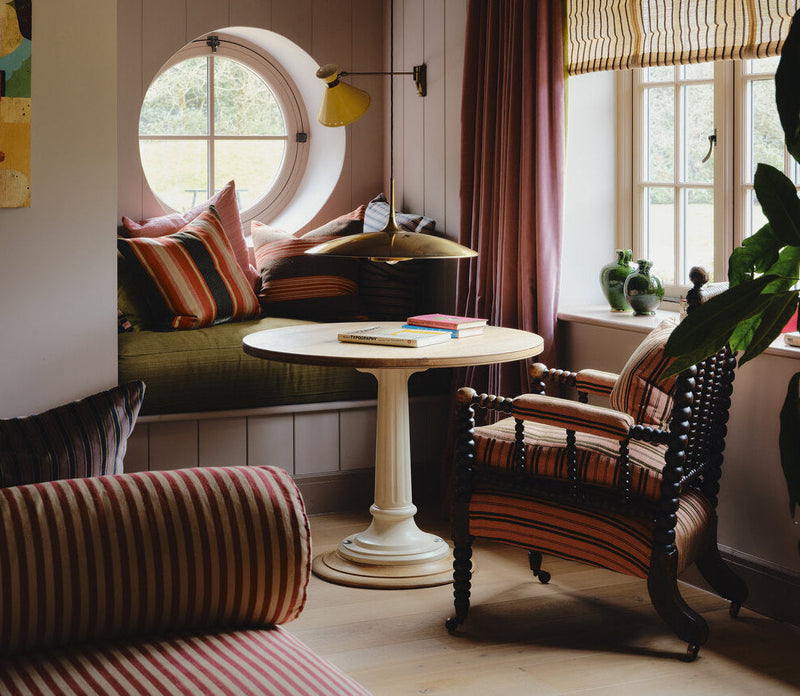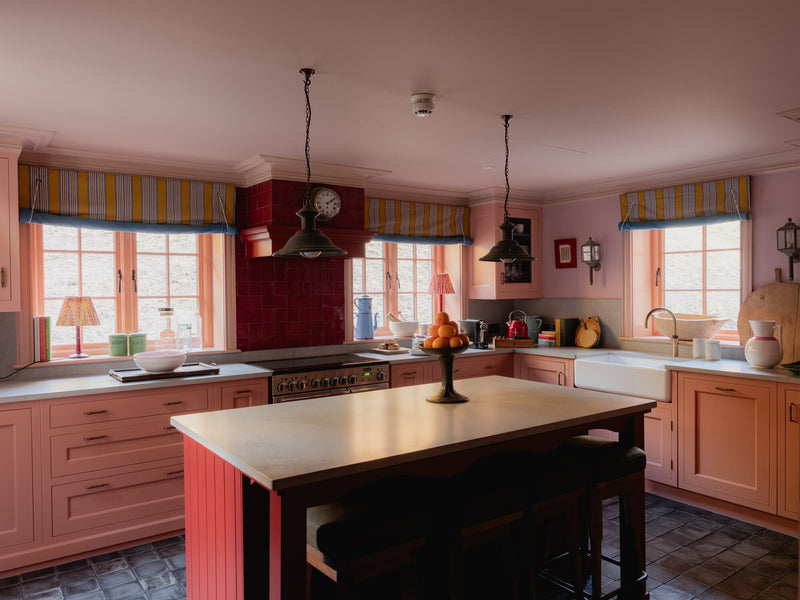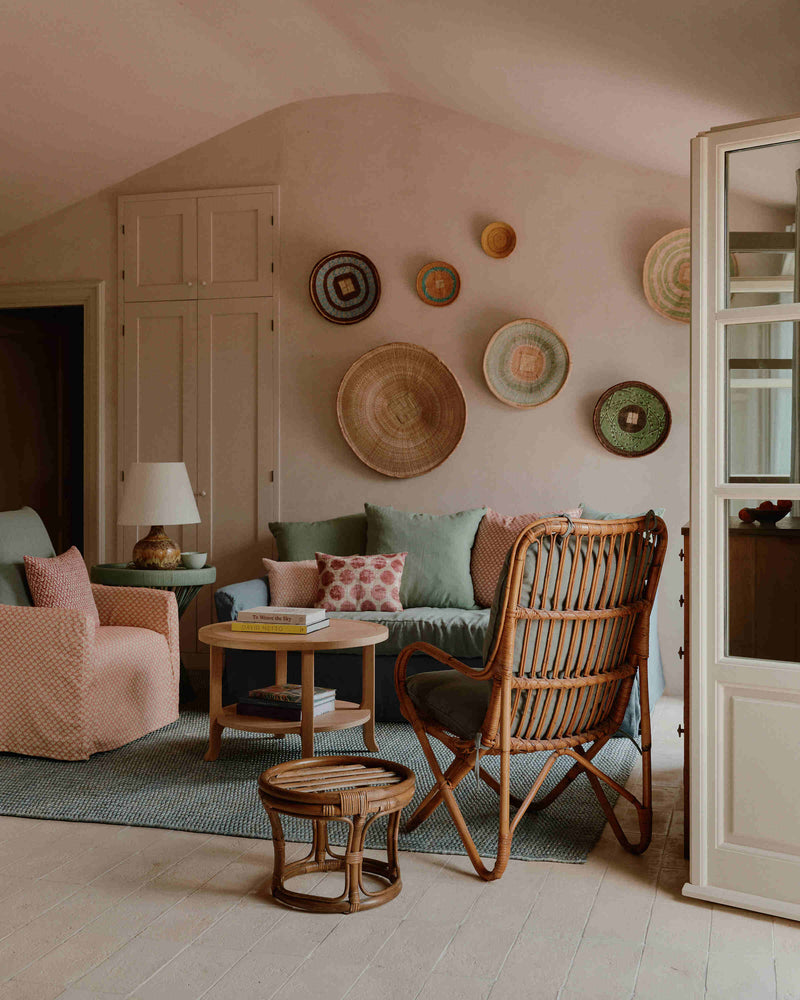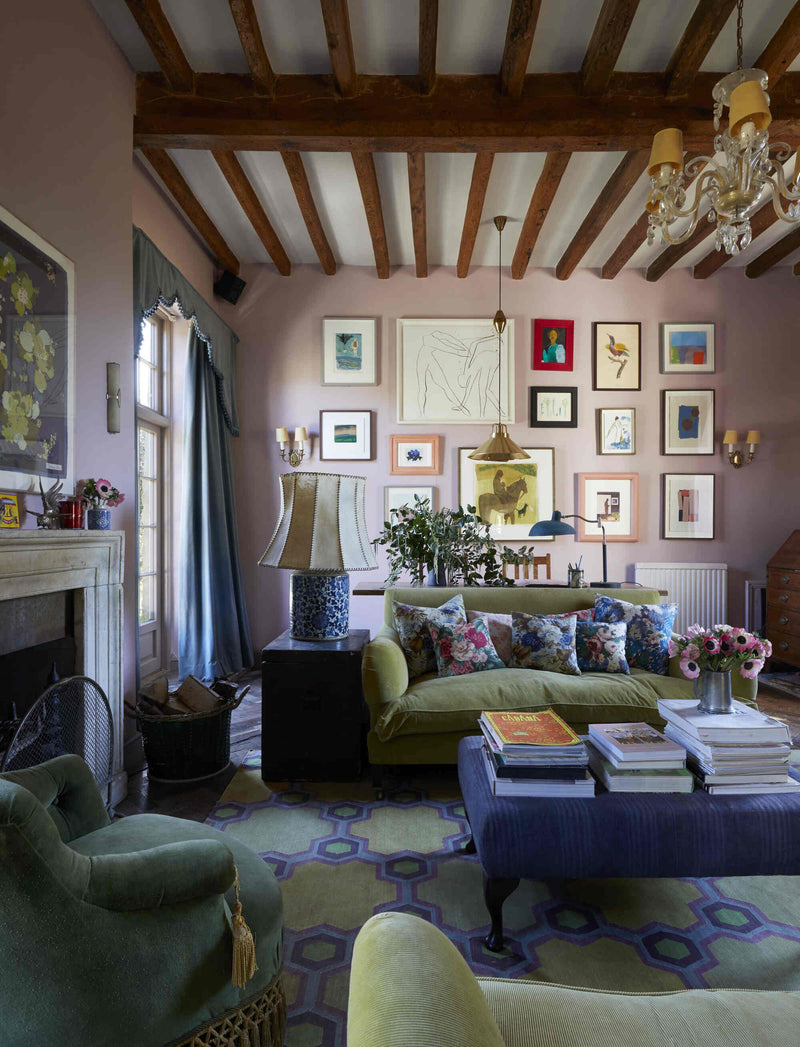Wallpaper is sometimes seen as a rather unexciting or even superfluous part of interior design, but its history is as colourful as the vibrant and imaginative designs that have been produced for hundreds of years.
The earliest surviving fragment of European wallpaper was found in Christ’s College in Cambridge and dates from 1509. Originally used by merchants to decorate the inside of cupboards and smaller rooms in their houses, designs were monochrome using black ink on small sheets of paper. Throughout the 17th and 18th century, intricate designs were produced for the wealthy but by the mid-19th century, it had become possible to mass produce wallpaper and the decorative art form became affordable to the masses. It has covered Britain’s walls, from stately homes to dinky cottages, ever since.

Nicola Harding has tapped into this rich history with the new range of NiX wallpapers. The wallpapers are produced by a firm in Leicestershire founded over a hundred years ago. Their expertise is often called on to recreate traditional designs for restoration projects and their wallpapers are hung in royal residences around the world and historic buildings such as the Palace of Westminster.
The company is unique in that it uses a vast array of different printing processes, from the 500-year-old traditional method of wooden block printing to the latest digital printing technology.
Like many crafts, the necessary skills are learned over time and often passed down the generations. Many of the staff have been with the company for over 30 years. One of the colour mixers has worked at the company since he was a teenager, his grandmother worked there, and his father still does.

The company has an extensive archive of historic wallpaper designs that stretch back to the 17th century; the precious original wooden blocks for block printing are stored in a special temperature-controlled room to stop them from warping.
Original block printing was created by hand carved designs on blocks of wood using fruit trees such as cherry and pear, used because they could withstand the pressure from the press and were less likely to warp and split. Whole designs were carved onto large rectangular blocks of wood and their weight and size meant it was - and still is - a process that requires strength, stamina and precision.
The wallpapers produced for NiX are made using surface and surflex printing. Invented in Lancashire in 1839, surface printing was a modern way to replicate block printing. It remained the only mechanised means of printing wallpaper for the following hundred years.

A raised design is engraved on to the print cylinder – originally made of wood but these days made from a tough rubber material - so that it is only the raised area that takes the paint.
The water-based paints are transferred to the paper with a woollen or felt blanket that rotates, picking up the ink from a tray and covering the back of the print cylinder. It involves a ‘wet on wet’ layering of the inks where the colours slightly bleed into each other and create a softer, matt, chalky finish as well as giving character and movement to the design.
Surflex printing is an amalgamation of both surface and flexographic printing, a more modern technique introduced in the 1960s which uses softer rubber cylinders.
Once a design has been created by the NiX design team, colour mixers at the factory create the specific water-based paint colours. Every paint is made and mixed by hand. It can be a painstaking process and creating the precise colours for the printing process takes days. The NiX range is printed on traditional uncoated paper, a paper with a slightly rough surface which absorbs the colours of the inks well.

The supplier is working towards being net carbon zero by 2030 so naturally, all paper used for the wallpapers is FSC credited which ensures that forestry stock is replaced and replanted, and is from forests that protect biodiversity.
Using more environmentally-friendly, non-toxic inks means there are fewer chemicals to deal with in waste products, although the company are constantly looking for ways to make the disposal of used inks even greener.
You can shop the NiX wallpaper collection HERE and see how they look in an interior as the newly opened The Village and Dower House at the Beaverbrook Hotel.


